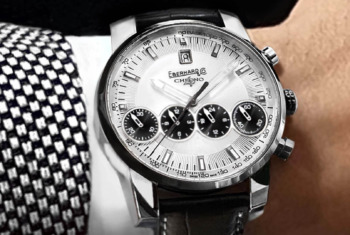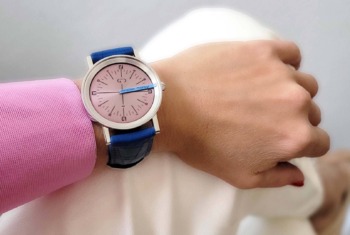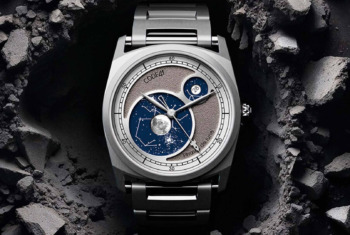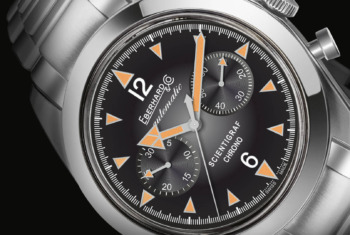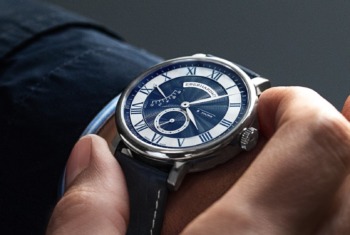Chronometer vs. Chronograph: A matter of Precision and Performance
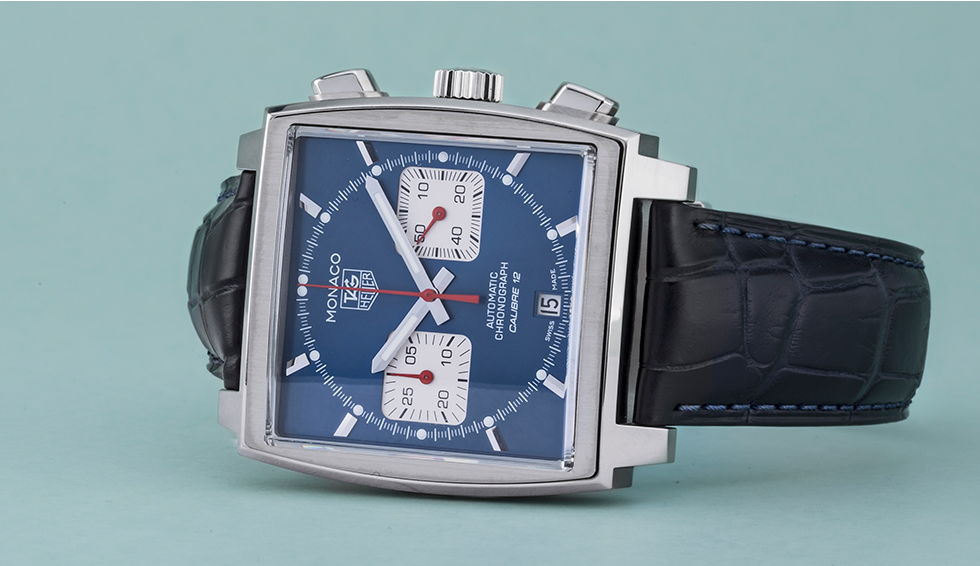

Time and time again there is confusion regarding the terms “chronometer” and “chronograph”, especially among novices. Despite the same first two syllables, the terms describe watches of completely different characteristics, which will be explained in more detail below.
Originally, the term referred to the chronometer instruments used mainly in the maritime world for exact positioning. This was supposed to be facilitated by a high accuracy. Now, however, the term is widely used outside the shipping industry. An “official chronometer” denotes watches whose Swiss movements have passed an accuracy test by the independent observatory “COSC”. These watches subsequently are awarded with a certificate and may carry the lettering “Chronometer”. In the luxury watch field this is the case with Rolex, Omega and Breitling.
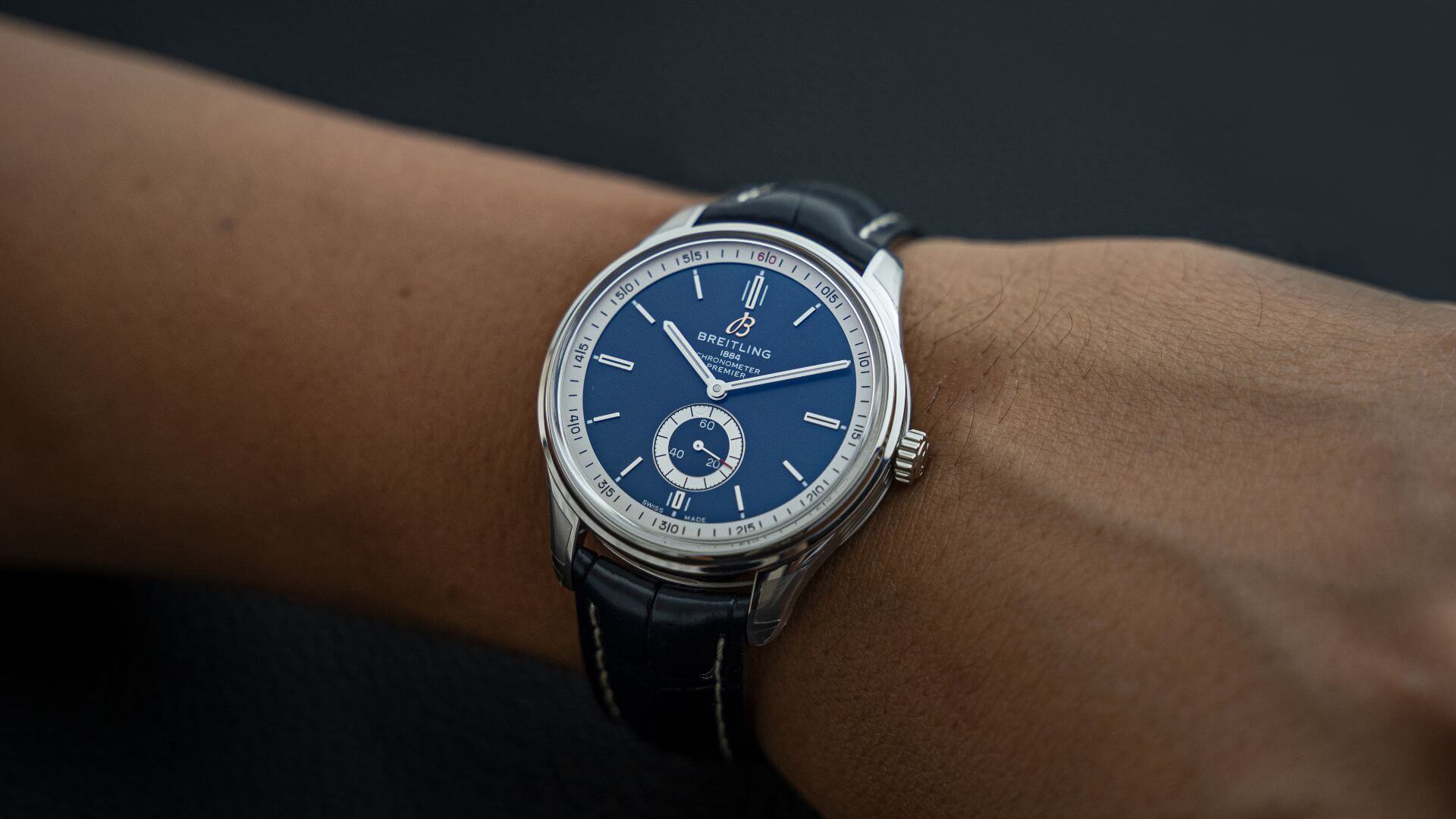
In the literal sense, a chronograph is a time recorder. Usually the term is used in conjunction with wristwatches that have a stop function. Chronographs have an additional second hand, which can be started, stopped and moved independently from the actual movement. This happens without interfering with the time indication. Well-known examples in the field of luxury watches are the Omega Seamaster Planet Ocean Chronograph and the Rolex Daytona.
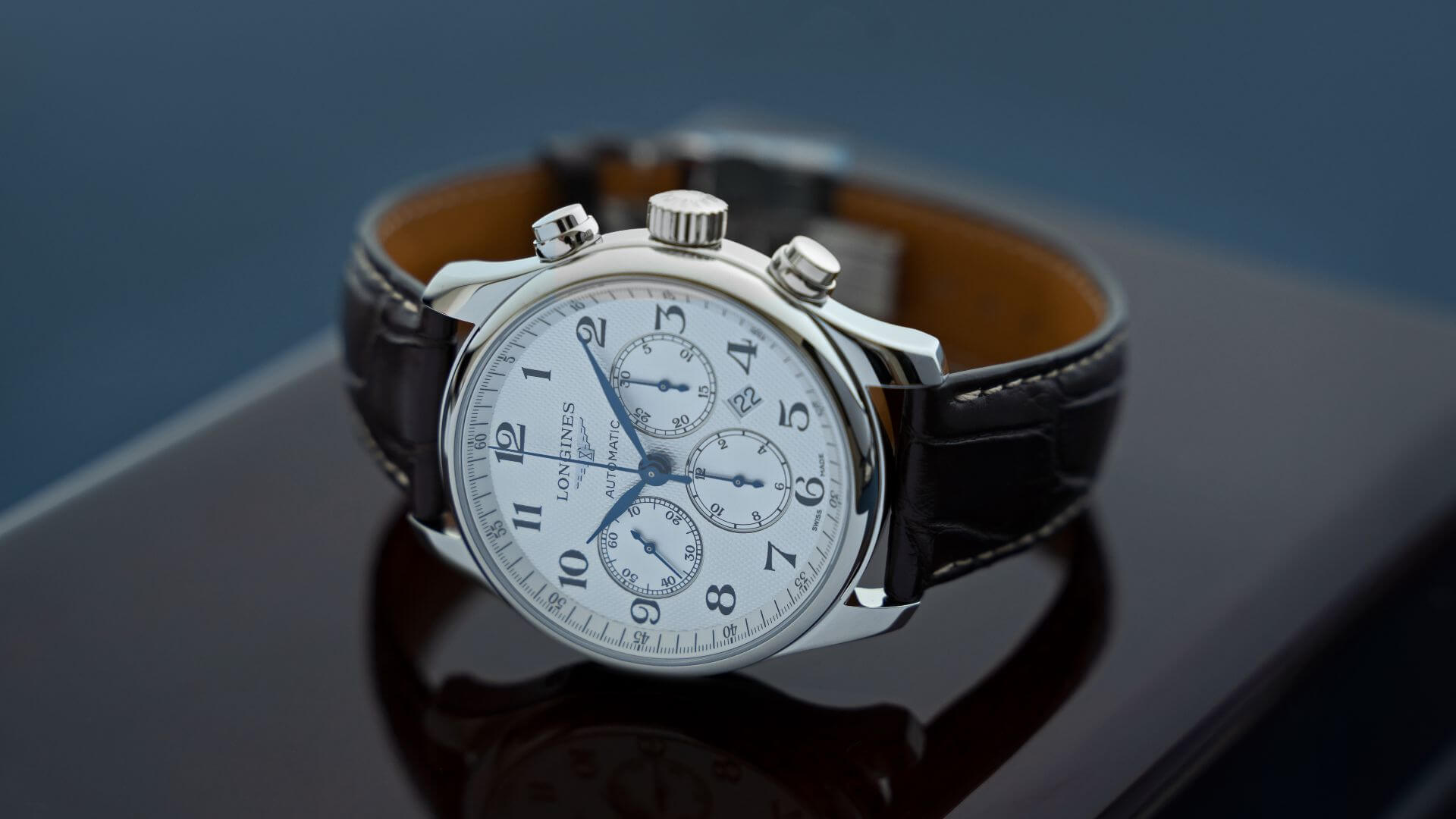
By clicking “Accept All Cookies”, you agree to the storing of Strictly Necessary cookies on your device. To enhance site navigation, analyze site usage, and assist in our marketing efforts you can edit the preferences on this menu and accept the Analytics cookies.
Cookie Settings
Accept Cookies
Strictly Necessary. These cookies are necessary for the website to function and cannot be switched off in our systems. They are usually only set in response to actions made by you which amount to a request for services, such as setting your privacy preferences, logging in or filling in forms.
Analytics Cookies. These cookies allow us to count visits and traffic sources, so we can measure and improve the performance of our site. All information these cookies collect is aggregated and therefore anonymous. If you do not allow these cookies, we will not know when you have visited our site.

